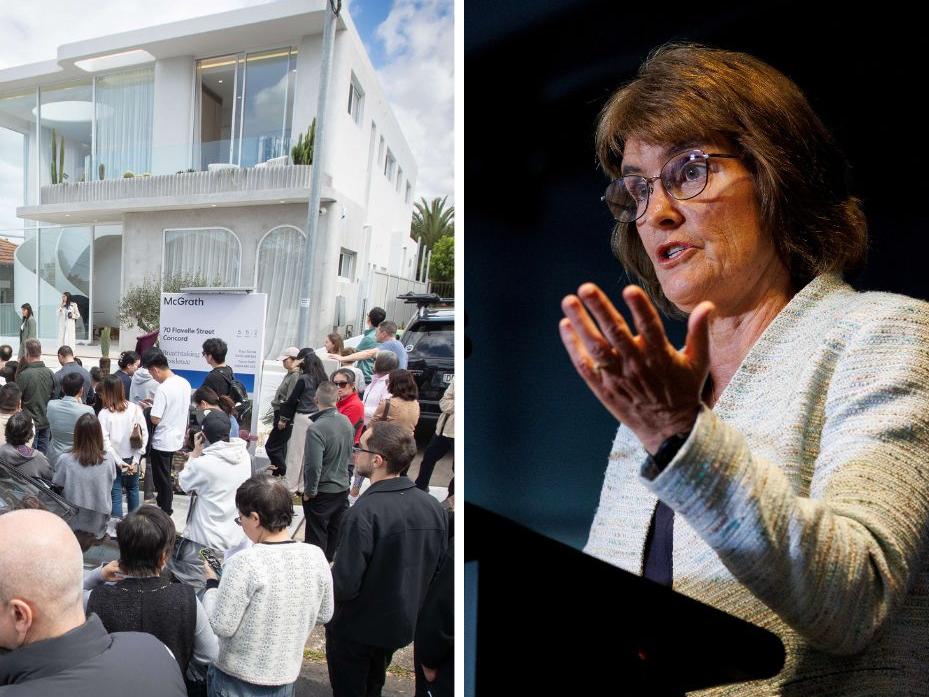S
ince 2017, my wife and I have chased a goal: to see every U.S. state. After this weekend’s trip, we’ve reached 44, Alaska and Hawaii included. The only states left are the Great Plains, Virginia, and Vermont.
This weekend’s stop was Pittsburgh, Pennsylvania—nicknamed “The Burgh” and the Steel City. Driving out of the airport and through the I‑376 tunnel, we were greeted by a dramatic skyline framed by three rivers. From that viewpoint, we could easily reach Steubenville, Ohio; Cumberland, Maryland; and Weirton, West Virginia, all within a short drive.
If you follow my column, you’ll notice I always look for real‑estate lessons in everyday travel. The Allegheny River Valley offered several.
**Steubenville, Ohio – Foundations Matter**
Across the Ohio River from West Virginia lies Steubenville, a town that began as a frontier fort protecting surveyors mapping new land. Those surveyors laid the groundwork—literally and figuratively—for future development. In commercial real estate, that translates to thorough groundwork before any deal: zoning checks, title verification, building inspections, and due diligence. Skipping these steps leaves you exposed, just as early pioneers would have been without a fort.
**Pittsburgh – Reinvention Drives Growth**
Pittsburgh’s steel‑era decline in the late 1970s and early 1980s was followed by a bold pivot toward education, technology, and healthcare. Today it hosts world‑class universities, robotics startups, and medical research centers. The city’s rebirth shows that properties, like cities, cycle through phases. A former manufacturing plant can become a logistics hub or a research lab; an outdated office tower can morph into a mixed‑use creative space. Seeing potential where others see decline is key.
**Cumberland, Maryland – Revitalization Through Vision**
South of Pittsburgh, Cumberland’s downtown once looked tired and forgotten. Now streets are repaved, buildings repainted, and storefronts bustling. The transformation began with a bold investor or city initiative that reimagined the area. One remodel sparked a chain reaction, building momentum. Cumberland proves that vision and collaboration can revive even struggling locales.
**The North Shore – Experience‑First Development**
Pittsburgh’s North Shore, home to the Steelers, Pirates, and Pitt Panthers, evolved from an industrial zone into a vibrant entertainment district with stadiums, restaurants, a casino, and hotels. This shift underscores a growing trend in commercial real estate: creating experiences. Whether designing retail spaces that encourage community gathering or industrial projects that prioritize employee amenities, success hinges on understanding how people want to use the space. The North Shore’s redevelopment demonstrates the power of focusing on attraction rather than just square footage.
**Takeaways from the Allegheny**
Traveling through the valley reminded me that markets evolve, industries adapt, and places reinvent themselves. From Steubenville’s foundational work to Pittsburgh’s transformation and Cumberland’s revival, the common thread is vision, courage, and a willingness to build anew from what once existed. Commercial real estate is more than bricks and mortar; it’s about reading cycles, spotting change, and guiding clients through transitions. Whether you’re developing a warehouse, repositioning an office, or reimagining a neighborhood, the principles remain the same: prepare thoroughly, adapt swiftly, and invest with foresight.
Allen C. Buchanan, SIOR
Principal, Lee & Associates Commercial Real Estate Services, Orange
abuchanan@lee‑associates.com | 714.564.7104












